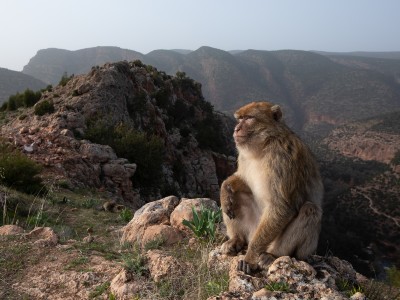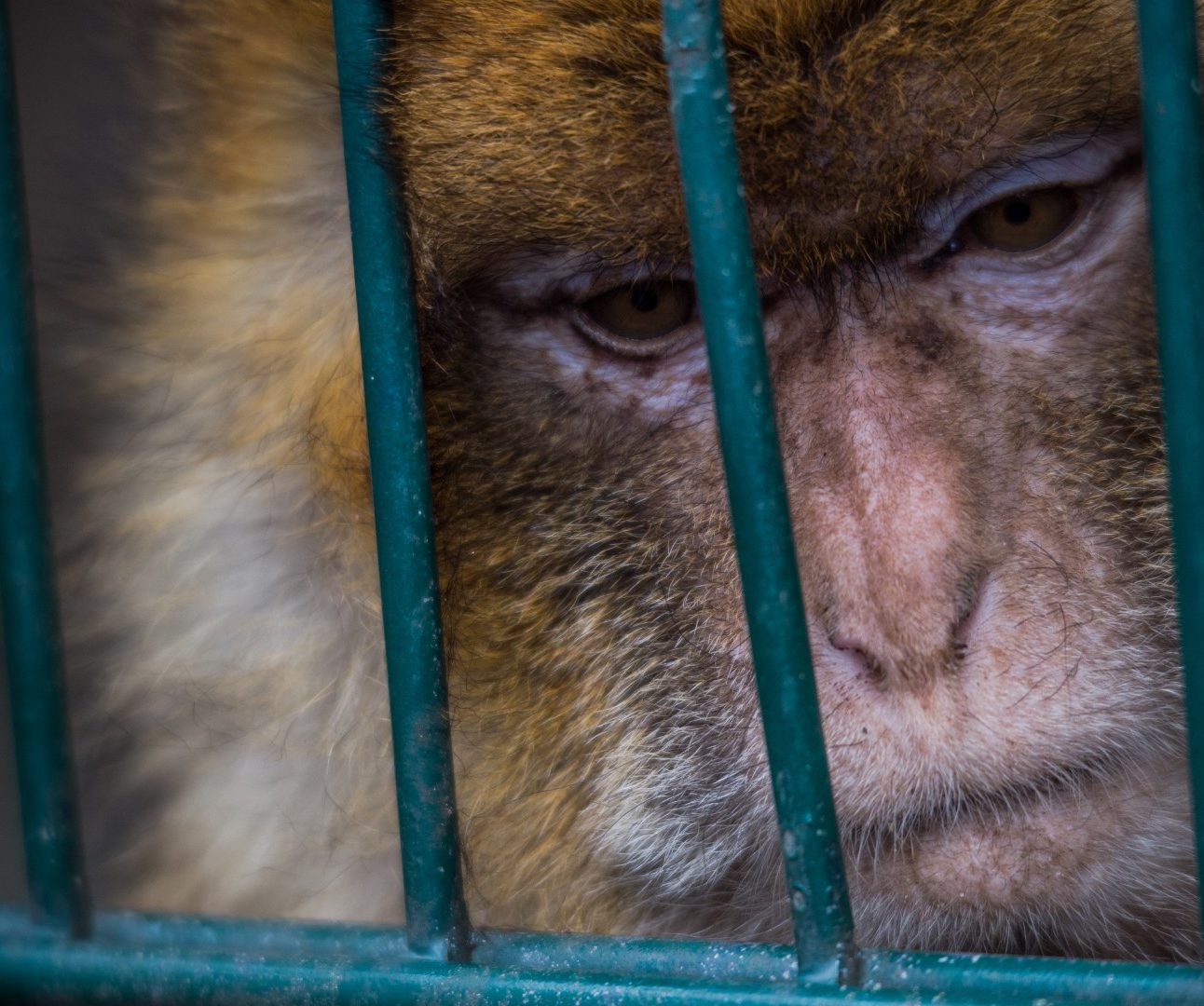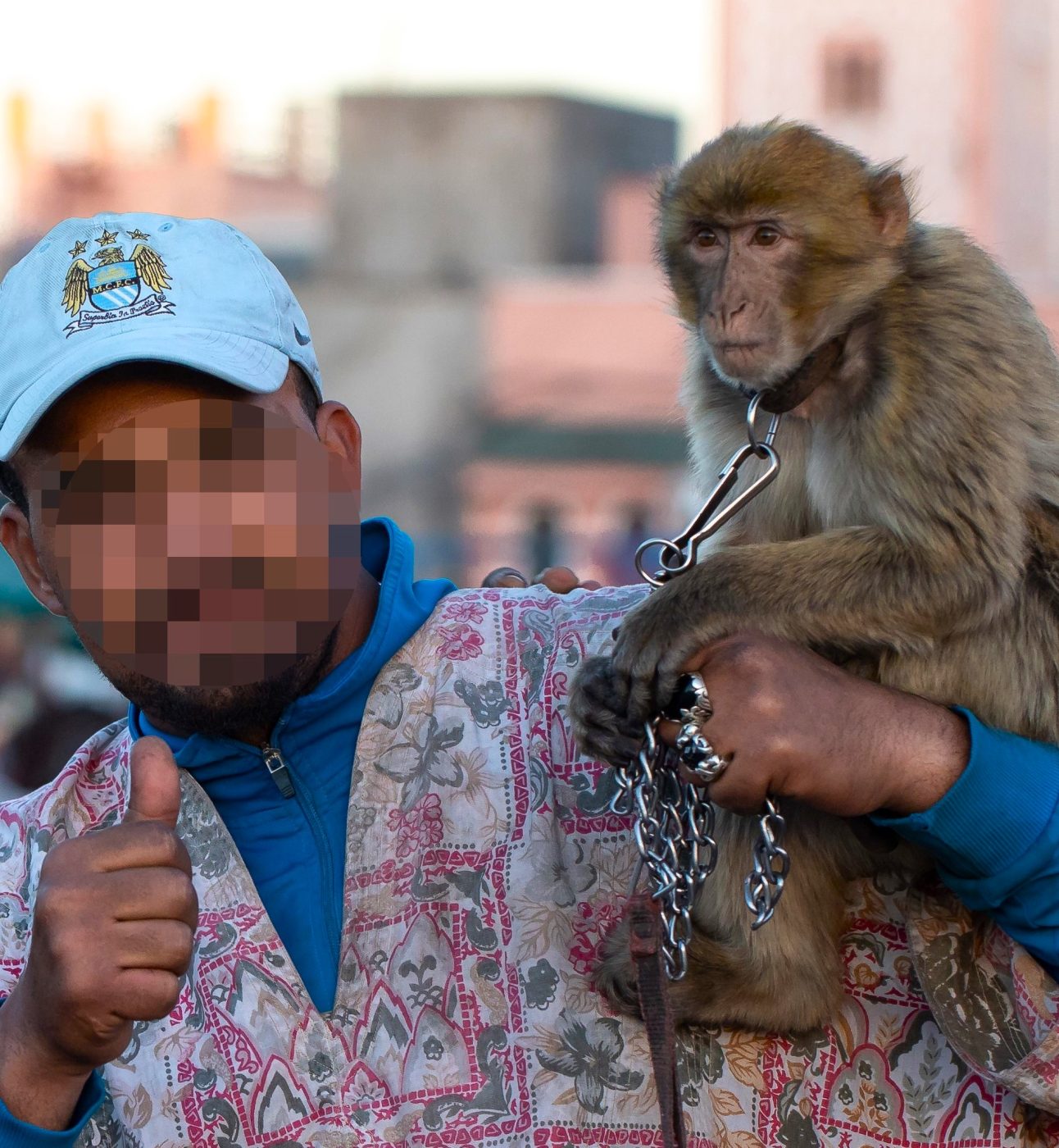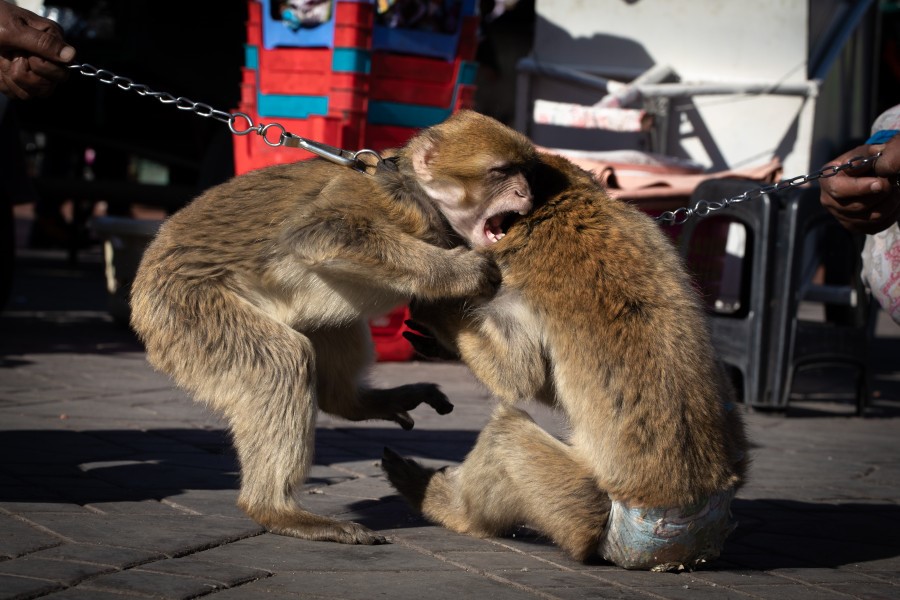
IUCN STATUS
Endangered
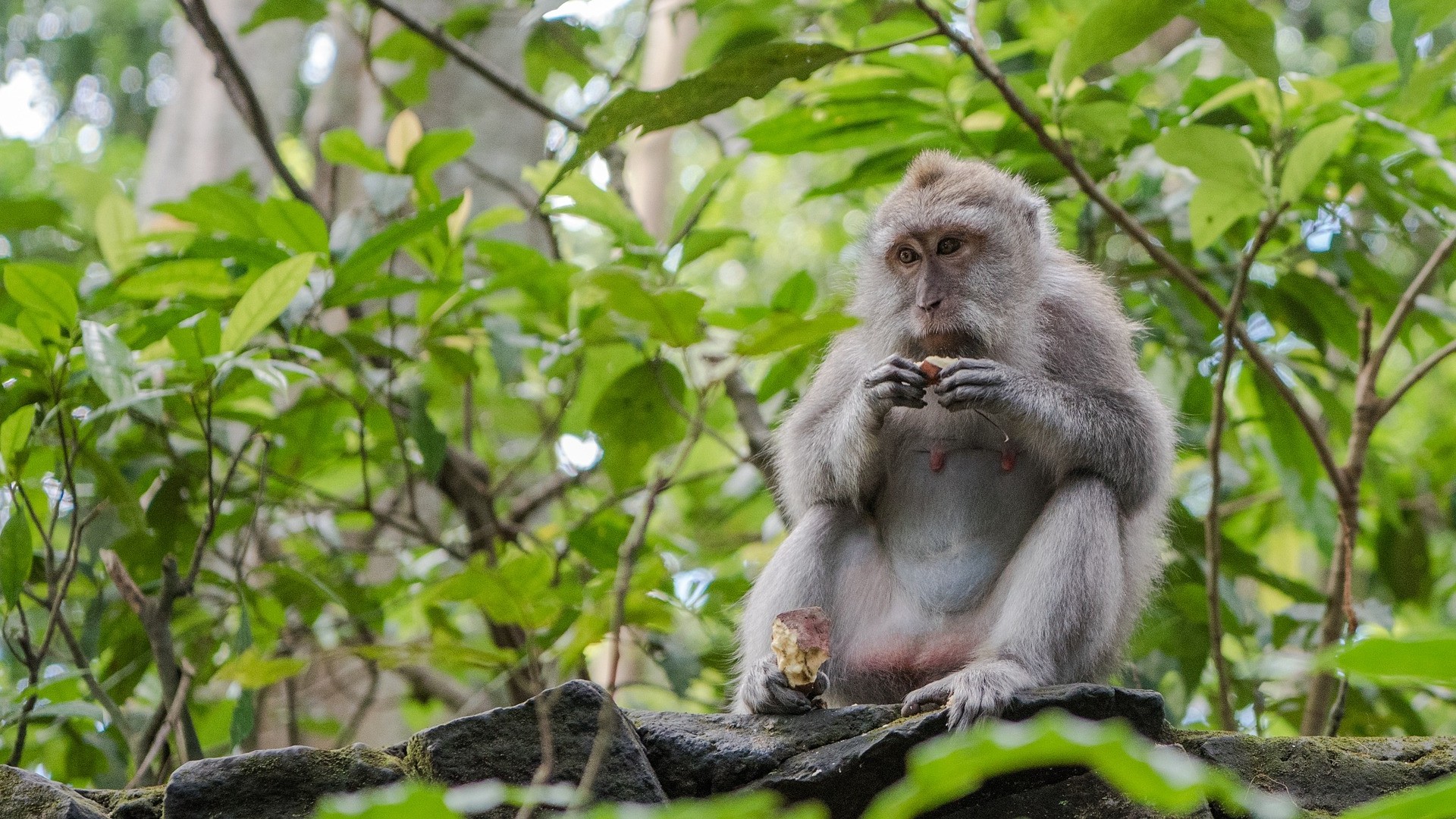
Macaca fascicularis
(with 8 subspecies)
As a result of their rapid population decline long-tailed macaques have recently been classed as Endangered by IUCN (March 2022). It is predicted that this decline will continue due to the current rates of exploitation and habitat destruction, and their perception as pests in many parts of their range leading to their widespread persecution by people.

Endangered

Population unknown, declining. Last assessed 2022

Omnivorous

Tropical forests, coastal areas, swamps, riparian habitats and in human-altered habitats such as agricultural land

South and Southeast Asia

Length: 38-55cm (15-21.7 in), tail: up to 60cm, weight: males 4.8-7kg and females about a third lighter

Habitat loss; legal and illegal killing; wildlife trade, human-macaque conflict, captivity
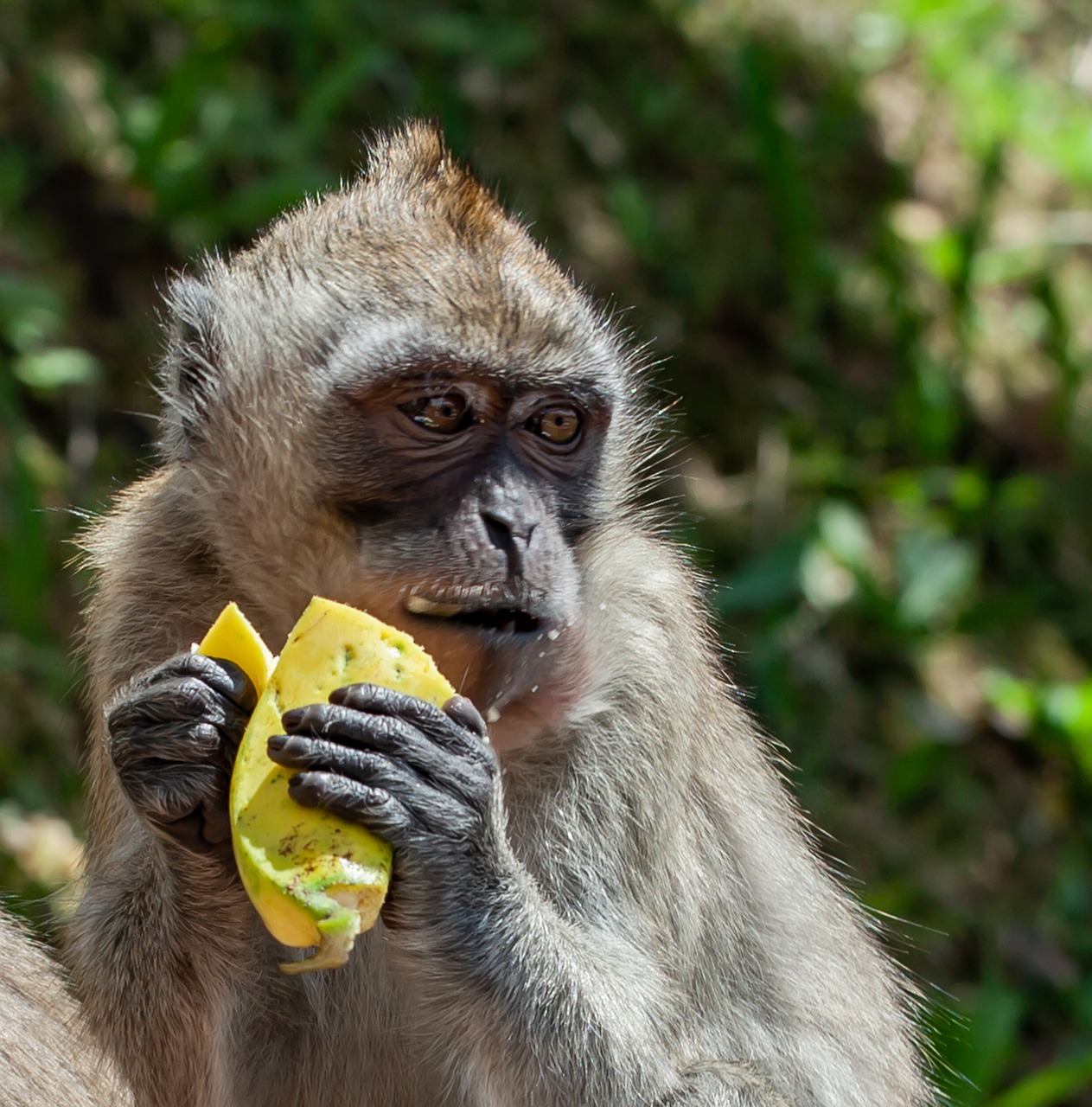
Long-tailed macaques have their own cultures and ways of living – one population has learned to wash the sand off fruit in the river before eating it.
Long tailed macaques have body fur which tends to be grey-brown to reddish brown. Their faces are mostly pink and the males are characterised by their moustache. Females appear to have a beard.
Long-tailed macaques are described as generalist, opportunistic primates, meaning they can thrive in a variety of environments. They have adapted to live in diverse habitats, including forests, coasts, hills and mountains. They prefer mangroves, swamp forests or areas around rivers and streams. However, they also commonly live closer to humans, whether that be on roadsides, agricultural areas, in towns and village or around buildings such as temples. This is called ‘synanthropic’ – living near to and benefiting from humans.
Because they are often seen close to people it is easy to think long-tailed macaques are more common than they are. Although human/ macaque interfaces have existed for many thousands of years the destruction of the monkey’s natural habitat is resulting in increased contact with people.
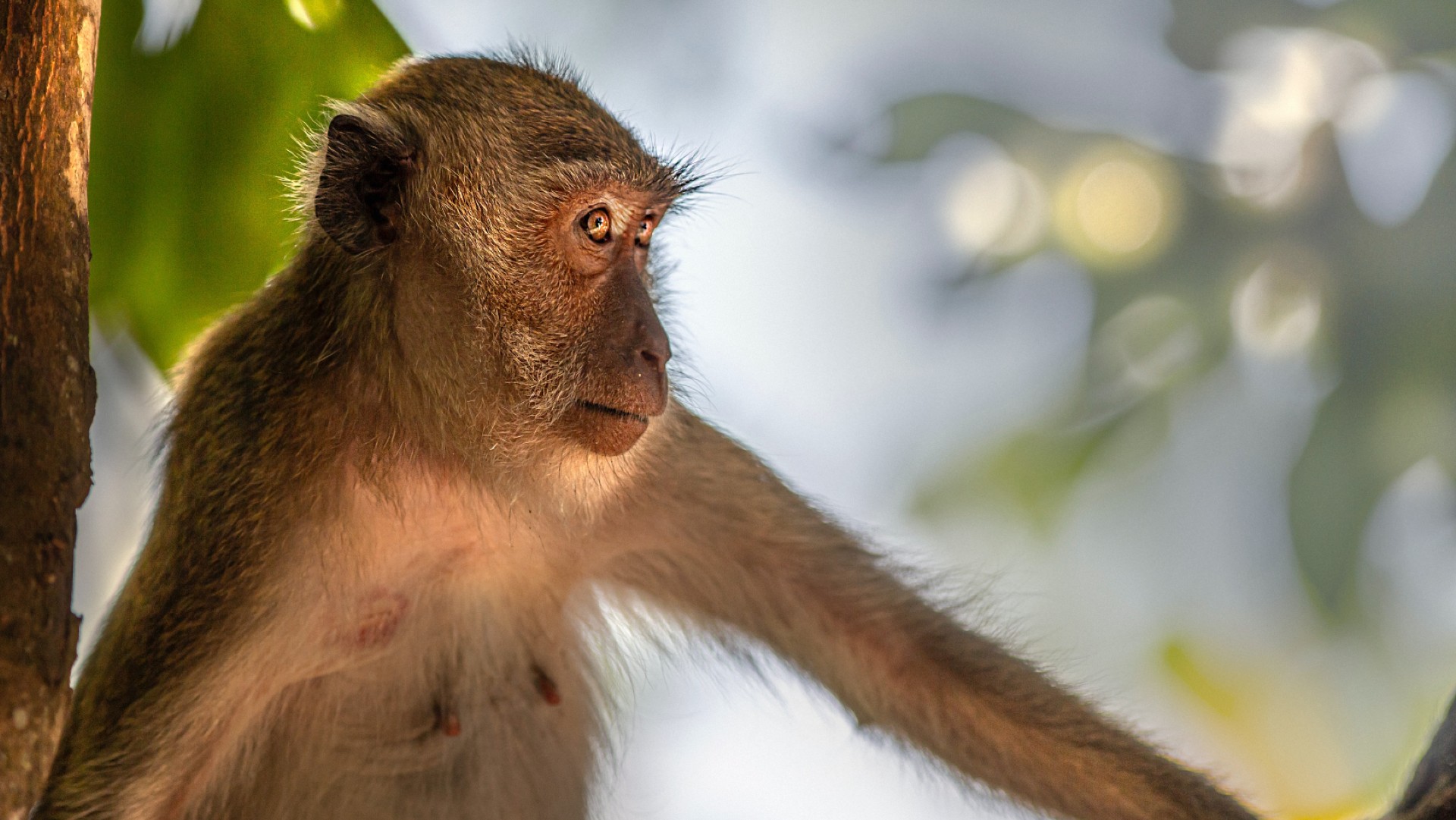
Long-tailed macaque (c) Erik Karits, Unsplash
Macaques use a huge variety of ways to communicate including facial expressions, body postures, sounds, grooming, playing, mating and even through chemical scents and signals.
Females tend to outnumber males in groups, though the group is led by an alpha male. Males reach sexual maturity at around six years, females by four years old. Females give birth to a single baby every year or two. A long-tailed macaque pregnancy averages around 162 days, with a break of 390 days between births.
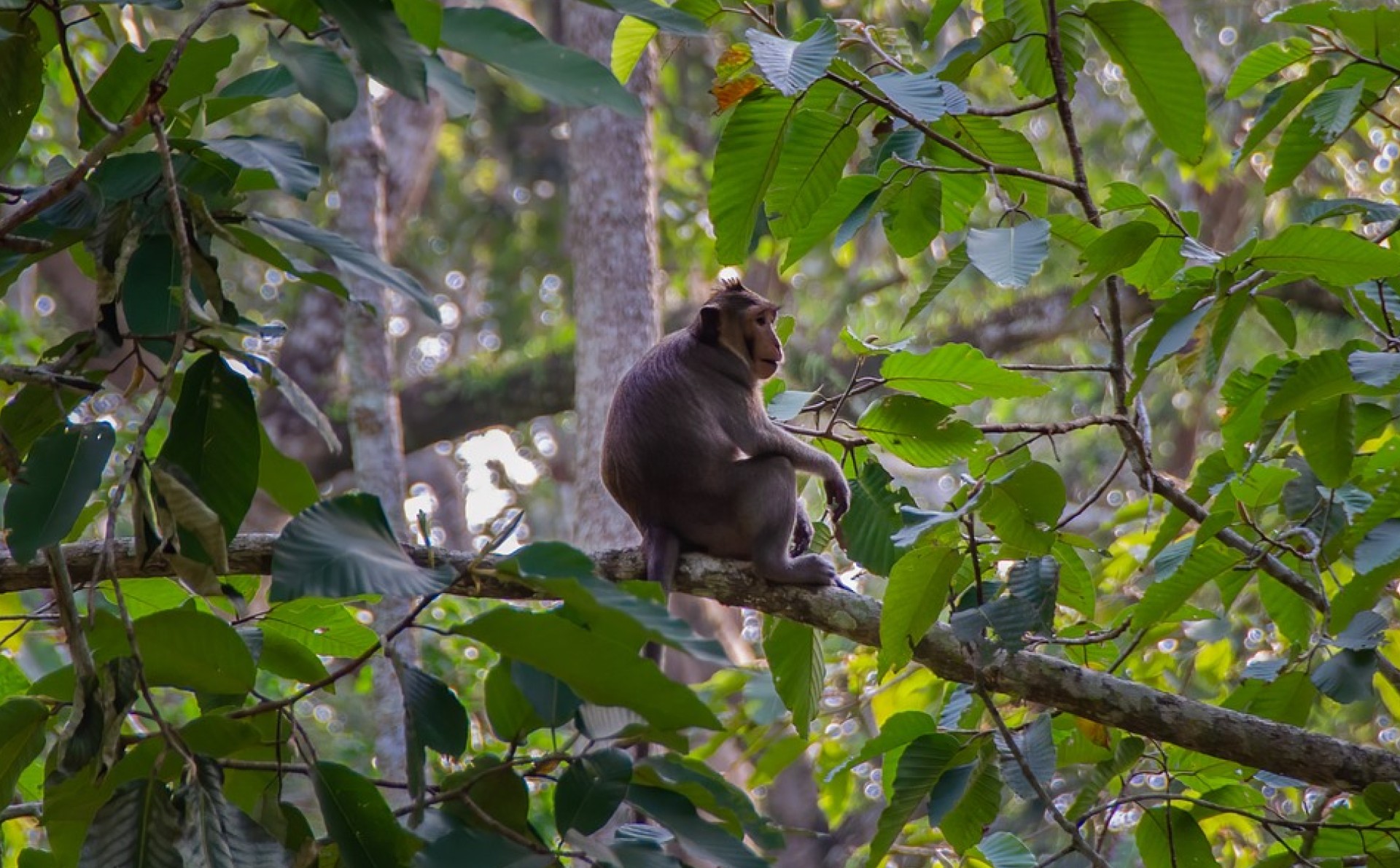
Deforestation and the destruction of natural habitats is rampant across Southeast Asia, due to logging, mining, aquaculture (farming of fish/shellfish), agriculture, large-scale plantations and hydropower development. All these activities are forcing long-tailed macaques into man-made environments and closer contact with people.
Long-tailed macaques are the most highly traded species of primate and in high demand for biomedical and toxicology research which intensified during the Covid-19 pandemic. The demand primarily comes from US, Japan, EU and China. The international trade in long-tailed macaques is a multi-billion dollar industry.
From 2008–2019, at least 450,000 live long-tailed macaques (captive and wild-caught), and over 700,000 specimens (a broad term that includes tissue or blood samples, hair or even body parts) were part of this trade (CITES Trade Database 2021).
The fact so many long-tailed macaques live in close proximity to people leads to the widespread persecution of the animals, often out of anger or fear. This can result in unofficial population control measures such as killing, culling and sterilization. In some cases, the public or wildlife authorities consider long-tailed macaques as pests, and large numbers can be killed as a result.
In Vietnam it is common for long-tailed macaques to be kept as pets, even though the animal is protected by law. Confiscated animals are often released without rehabilitation, resulting in them frequently gravitating back towards people and exacerbating negative views people have of the animals. In Indonesia they are not legally protected, and so can be killed or kept as pets legally.
Hunting for subsistence occurs in some parts, such as in Myanmar and Cambodia.
Human expansion and urbanisation can lead to long-tailed macaques becoming more and more dependent on human-dominated environments for food. When populations do well locally this can lead to conflict with humans, persecution as pests, and even increased deaths from vehicle collisions. The feeding of macaques at certain sites, such as tourist areas, leads to increased local populations which in turn can lead to further conflict and even increased disease transmission.
Long-tailed macaques often suffer because they are manipulated and exploited for use as entertainment for people, such as props for photos at tourist attractions. More recently investigations have uncovered the horrific treatment of long-tailed macaques in online abuse videos.
